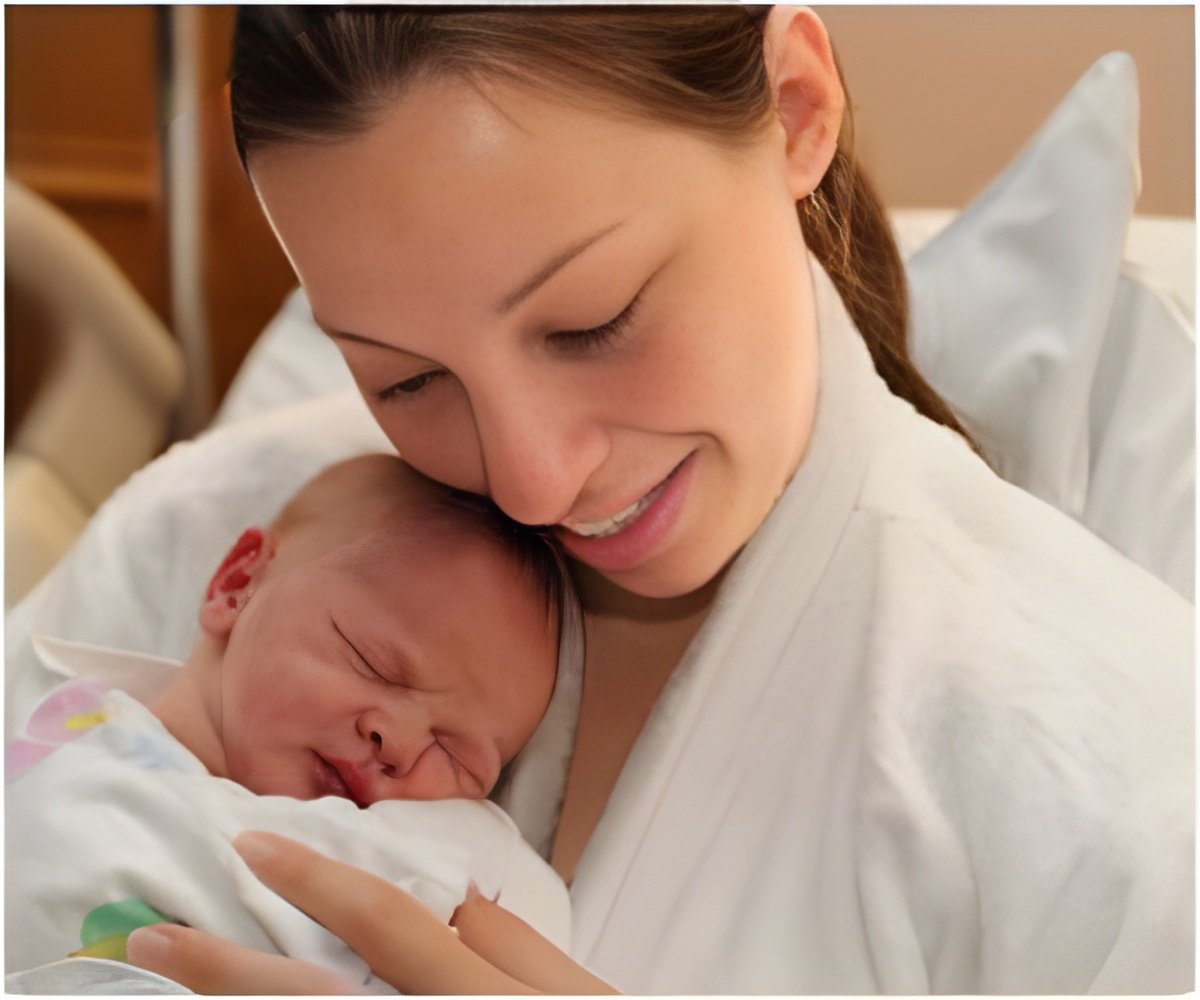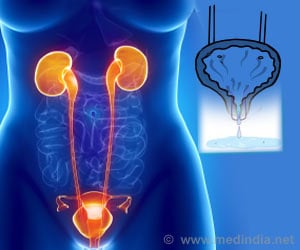Lack of transportation resources, gender equity, and poor quality services at facilities pose barriers to a hospital or institutional birth.

‘Lack of transportation resources, lack of gender equity or power to independently decide, and poor quality services at facilities pose barriers to a hospital or institutional birth.’





"We found that age, income and land ownership were significant factors in predicting whether a woman would have an institutional birth," explains Maru. "Nearly all women in our study stated they would prefer an institutional birth. Future interventions to increase rates of institutional birth should address structural barriers including, differences in socioeconomic status, social support, and birth preparedness." Researchers found lack of transportation resources, lack of gender equity or power to independently decide, and poor quality services at facilities also posed barriers to a hospital or institutional birth. Family, partner and societal support were important factors in a woman leaving her home in labor and reaching an institution. This journey required 'birth planning,' or making preparations in advance for finances, accompaniment, and childcare.
"The majority of these women want to give birth in a hospital setting." adds Maru. "We must support these well-founded wishes by targeting the underlying social and economic inequity and structural barriers that prevent women from achieving institutional birth."
Source-Eurekalert










